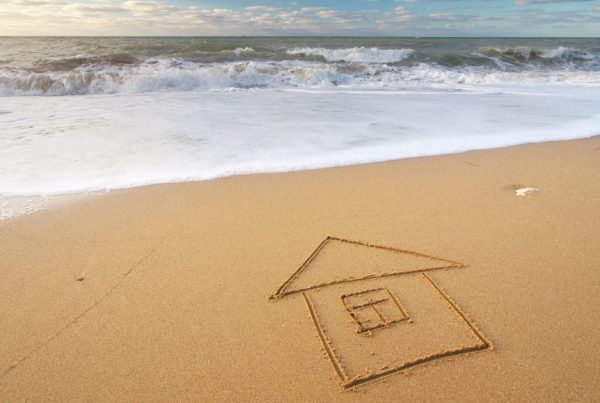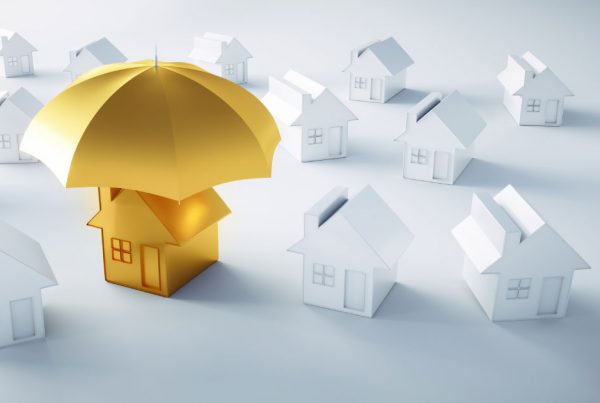When we decide to buy a property, whether it is our first home or perhaps as an investment, we must be aware that we are going to spend a lot of money, which can be very high.
We should not only think about the cost of the property itself, but also about taxes, management fees, notary fees and, of course, the mortgage.
Many people, with a view to acquiring their first property, set up a small savings plan beforehand that will allow them to buy the property by giving a part of the amount as a down payment and thus try to reduce the amount of the mortgage or reduce the number of years that they will have to be linked to the bank until the total liquidation of the mortgage.
However, the so-called community expenses should never go unnoticed and it is very convenient to be informed about them, especially if in the future you are going to have to face an important economic outlay, for example, for a reform or adaptation in the building or in the common areas of the same.
What do we understand by community expenses?
The so-called community expenses are those that affect and are shared equally among all the owners of a residential building, urbanisation or similar. These expenses are those that affect the good maintenance or adaptation of the common areas, possible charges, services, as well as other expenses that cannot be attributed individually and that affect all the owners.
We must not forget, and this is one of the reasons why it is necessary, not only to be informed of the usual community expenses, which are usually settled on a quarterly basis, but also, when we decide to buy a property, to be aware of whether, for example, a major work or reform is going to be carried out throughout the building, since, from the moment we become the official owners, this common expense for the whole community of owners will be directly attributed to us, even if we have just acquired the property.
What are the common expenses of the owners?
In this sense, we must differentiate between two different lines of expenses, the so-called ordinary expenses and the extraordinary expenses.
Ordinary expenses are contemplated, we could say, on an annual basis in the budgets, while extraordinary expenses correspond to specific needs that may arise at a given moment.
When we talk about ordinary common expenses, we refer to:
- Maintenance, upkeep and repair of the most common services in the communities: Cleaning, water consumption, bank charges, maintenance, concierge, swimming pool, gardening, etc.
- Maintenance, upkeep and repair of common elements such as roofs, water channels, pipes, boiler, etc.
- Conservation and accessibility works necessary for the maintenance of the building and its services.
- Municipal expenses such as the rubbish collection tax, or the passage of carriages.
On the other hand, extraordinary expenses are those that are not contemplated at the beginning, but are necessary to carry out some type of work or reform of common elements.
According to the legislation itself, when this happens, it is necessary to call an Extraordinary Meeting in which the owners will be informed of the need for this expense, with the objective of establishing the best solution for all the neighbours to solve the problem and the payment of the same.
Are the community fees shared equally among all the owners?
On this point, the current legislation in Spain indicates, literally, the following: each flat or premises will be assigned a quota of the total value of the property and referred to hundredths of the same. This quota will serve as a module to determine the participation in the expenses and benefits due to the community.
We can understand, therefore, that the distribution of the common expenses is carried out, therefore, in a general way according to the share of participation of each owner.
Finally, it should be emphasised that the owner of the property is always responsible for the community expenses, even if the property is rented.







